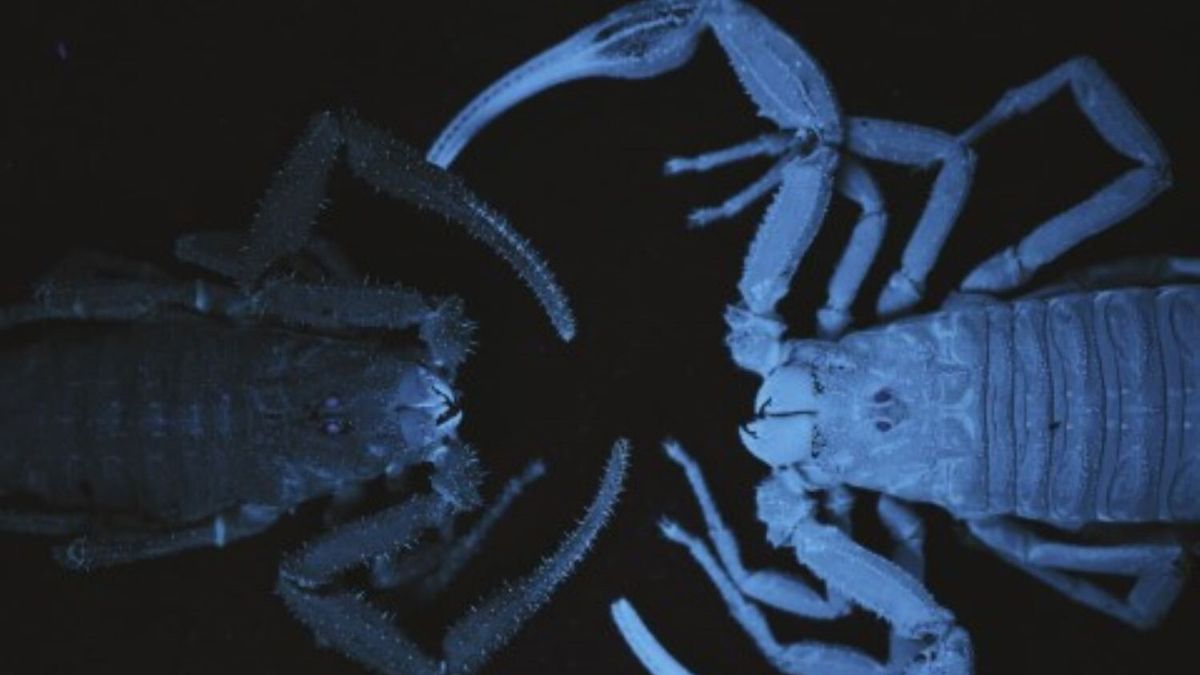Venomous Surprise: Rare Scorpion Species Unleashes Toxic Spray in Colombian Wilderness

In a groundbreaking discovery that's sending ripples through the scientific community, researchers have uncovered a remarkable scorpion species in South America with an extraordinary defense mechanism. Unlike most scorpions that rely solely on stinging, this newly described species can both spray and inject its potent venom—a capability never before documented in South American scorpions.
The unique arachnid challenges our understanding of scorpion behavior, demonstrating a sophisticated survival strategy that sets it apart from its regional counterparts. Scientists are fascinated by its ability to project venom as a defensive tactic, which provides the creature with an additional layer of protection against potential predators.
This remarkable finding not only expands our knowledge of scorpion biology but also highlights the incredible diversity of wildlife in South America's complex ecosystems. Researchers are eager to study this species further, hoping to unravel the evolutionary adaptations that have equipped it with such a rare and intriguing defensive mechanism.
The discovery underscores the importance of continued exploration and research in understanding the intricate world of arachnids and their remarkable survival strategies.

